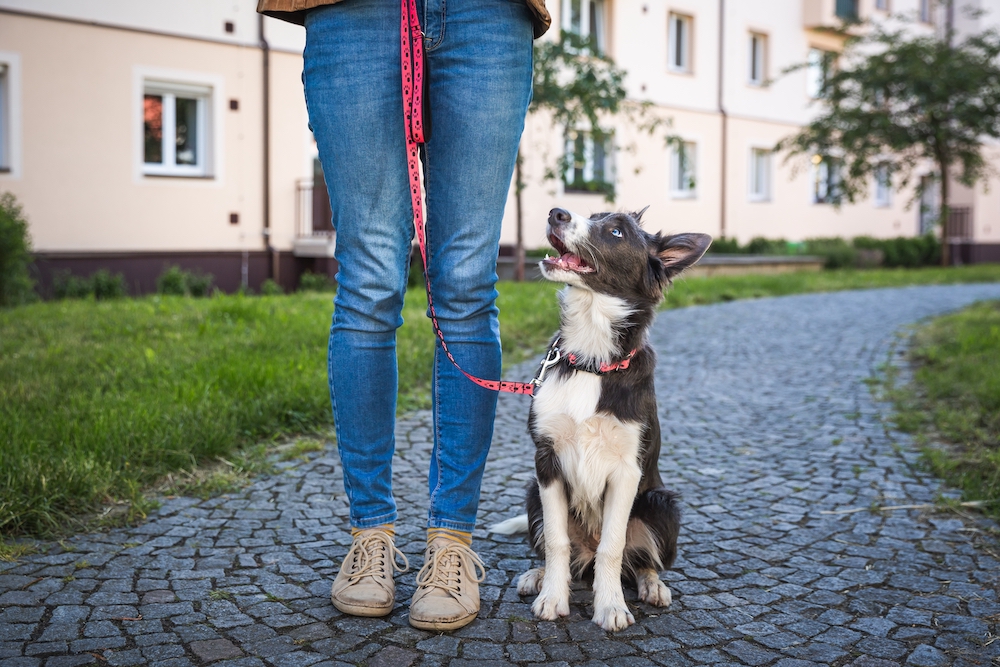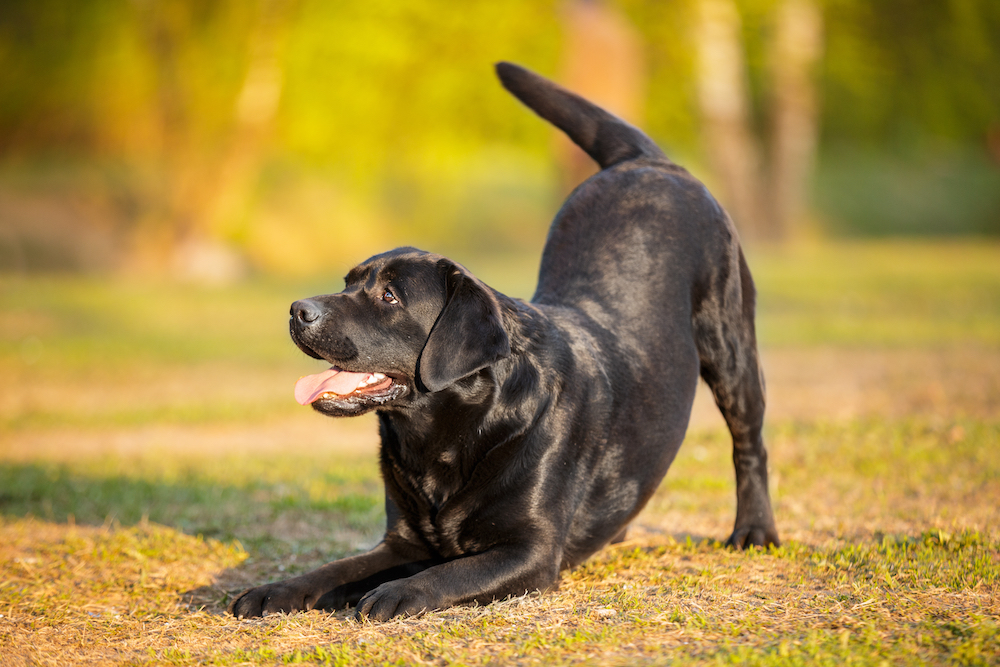We recently spoke to Dr. Marc Bekoff, professor emeritus of Ecology and Evolutionary Biology at the University of Colorado, Boulder, about his new book, Dogs Demystified. Dr. Bekoff has studied animals for more than 50 years, during which he’s written dozens of books and many more papers. He’s established himself as an expert on, among other things, how dogs behave and think. The book’s concise, easy-to-understand entries are a good place to start for anyone looking to better understand those topics. Here are 5 ideas from the volume that may change the way you look at your own dog. (And when you’re done reading those, we recommend checking out our whole Q&A).
Dogs Demystified is available now.
Dogs can be creative and even use tools
Dr. Bekoff cites instances like a dog pushing a chair into place to help reach chicken nuggets on a counter, another who deployed a marrow bone as a back-scratcher, and a third who used a Frisbee to move a food bowl as examples of pups showing creativity by coming up with novel uses for objects without being trained to do so.

Understanding the reasons behind a dog’s “bad” behavior can help them and you
While some of dogs’ behavior can certainly pose problems for humans—no one wants their dog going to the bathroom indoors, chewing through all of the furniture, or barking incessantly—Dr. Bekoff emphasizes that dogs have reasons for the things they do, even things we don’t like. Understanding the root causes can help curb those behaviors and lead to a happier existence for the dog in question.
Dogs play tricks on people
Dr. Bekoff’s book includes anecdotes about dogs who seem to enjoy “pranking” people. For example, he tells the story of Myron, who liked to jump into his humans’ dishwasher and lick the dishes. “Myron’s humans weren’t especially happy about his dishwashing proclivities,” he writes, “and tried to stop him, but Myron learned that if he could get the attention of one or both of his humans by barking near the front door or window, they would follow him to see what was up.” Eventually, they started just letting him lick the dishes—no subterfuge necessary. Dr. Bekoff writes that Myron “Didn’t seem to have as much fun knowing he wasn’t fooling his humans.”

Dogs (usually) play fair with each other
It may look chaotic when dogs energetically roll around and play with one another, but there are rules. Writes Dr. Bekoff: “Dogs have a keen sense of right and wrong. This is seen most vividly when they play. While playing, dogs follow the ‘golden rules of play’ and don’t try to dominate, harm, mate with, or eat another dog.” He says “a study called ‘Bark Parks’ reported that fewer than 0.5% of play fights among dogs developed into conflict.”
Dogs don’t live only in the moment
Maybe because dogs show such joy when something is going well and can seem so miserable when something bad is happening, it’s a common belief that they live totally in the moment. Dr. Bekoff writes that this isn’t true. “It’s a myth that dogs only live in the present,” he says, “with no concept of the past or the future. Their past influences them and they think about the future. Many dogs also seem to have a sense of passing time, as in, they know when it’s time for their walk or when it’s time to eat.” He also references Dr. Alexandra Horowitz’s hypothesis that dogs might be able to “smell” time.
Featured photo by Tom Gordon.




